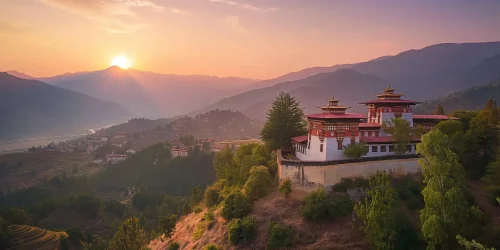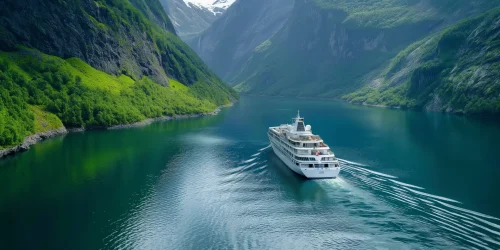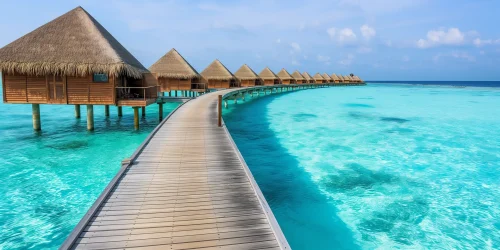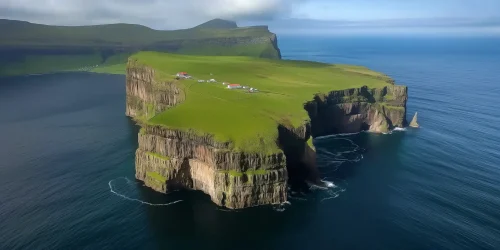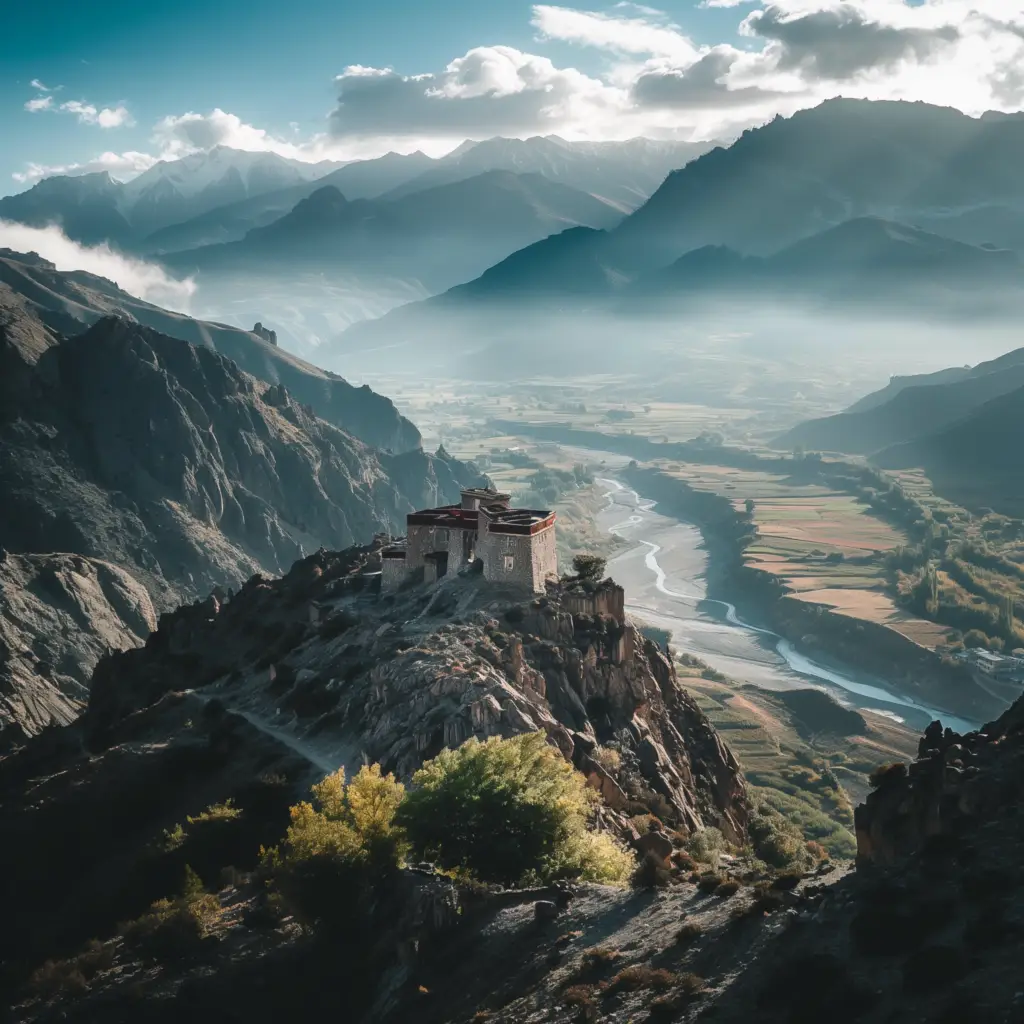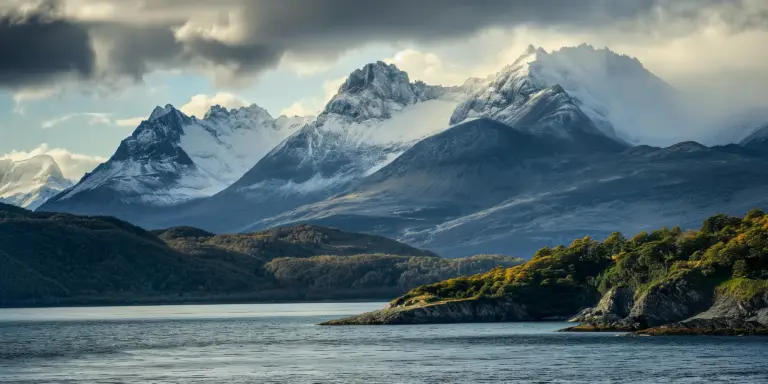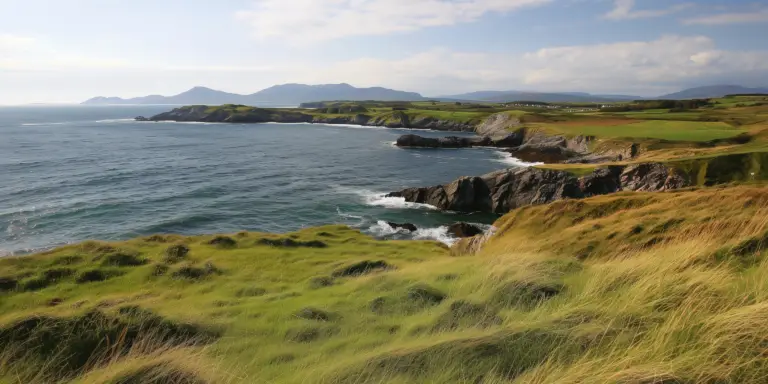Nestled in the heart of the Eastern Himalayas, Bhutan is a land of enchanting beauty, rich culture, and a deep commitment to preserving its natural environment. Known as the “Land of the Thunder Dragon,” this small kingdom offers a unique travel experience, blending ancient traditions with breathtaking landscapes. From its majestic monasteries perched on cliffs to its vibrant festivals, Bhutan is a destination that captivates the soul.
Culture and Traditions
Bhutan is renowned for its well-preserved culture and traditions, deeply rooted in Buddhism. The country’s official religion is Vajrayana Buddhism, and this spiritual heritage is evident in every aspect of daily life. Monasteries, dzongs (fortresses), and stupas dot the landscape, each with its own historical and religious significance.
One of the most fascinating aspects of Bhutanese culture is the Gross National Happiness (GNH) philosophy, which guides the country’s development policies. Unlike the conventional GDP, GNH measures the well-being of its citizens through factors like sustainable development, cultural preservation, environmental conservation, and good governance.
Must-Visit Destinations
Thimphu
The capital city, Thimphu, offers a perfect blend of modernity and tradition. Key attractions include the Tashichho Dzong, a stunning fortress and monastery, and the Buddha Dordenma, a massive golden statue overlooking the city. The Centenary Farmers’ Market is a great place to experience local life and buy fresh produce and traditional handicrafts.
Paro
Paro is home to Bhutan’s most iconic landmark, the Tiger’s Nest Monastery (Taktsang Palphug Monastery). Perched on a cliffside, this monastery offers breathtaking views and a challenging but rewarding hike. Paro is also home to the Paro Dzong, a classic example of Bhutanese architecture, and the National Museum of Bhutan, which provides deep insights into the country’s history and culture.
Punakha
Once the capital of Bhutan, Punakha is known for its stunning scenery and the Punakha Dzong, often considered the most beautiful dzong in Bhutan. Situated at the confluence of the Pho Chhu and Mo Chhu rivers, the dzong is especially picturesque during the annual Punakha Tshechu, a festival featuring traditional masked dances and rituals.
Festivals
Bhutanese festivals, or tshechus, are vibrant, colorful events that are a must-see for any visitor. These festivals, held in various dzongs and monasteries, are not only religious events but also social gatherings. Thimphu Tshechu, Paro Tshechu, and Punakha Tshechu are among the most popular, featuring masked dances, music, and traditional attire.
Cuisine
Bhutanese cuisine is characterized by its unique flavors and generous use of chili peppers. A staple dish is Ema Datshi, a spicy stew made with chilies and cheese. Other popular dishes include Phaksha Paa (pork with red chilies) and Jasha Maroo (spicy chicken). Don’t miss out on trying momo (dumplings) and red rice, a nutty and nutritious variety grown locally.
Practical Tips
- Visa: Travelers to Bhutan must obtain a visa, which can be arranged through a licensed tour operator. The visa process is usually straightforward and requires booking a tour package.
- Daily Tariff: Bhutan implements a daily tariff system for tourists, which includes accommodation, meals, transportation, and a guide. This helps manage tourism sustainably.
- Best Time to Visit: The best times to visit Bhutan are during the spring (March to May) and autumn (September to November) when the weather is pleasant and festivals are in full swing.
- Altitude: Some areas in Bhutan are at high altitudes, so it’s important to acclimatize properly to avoid altitude sickness.
